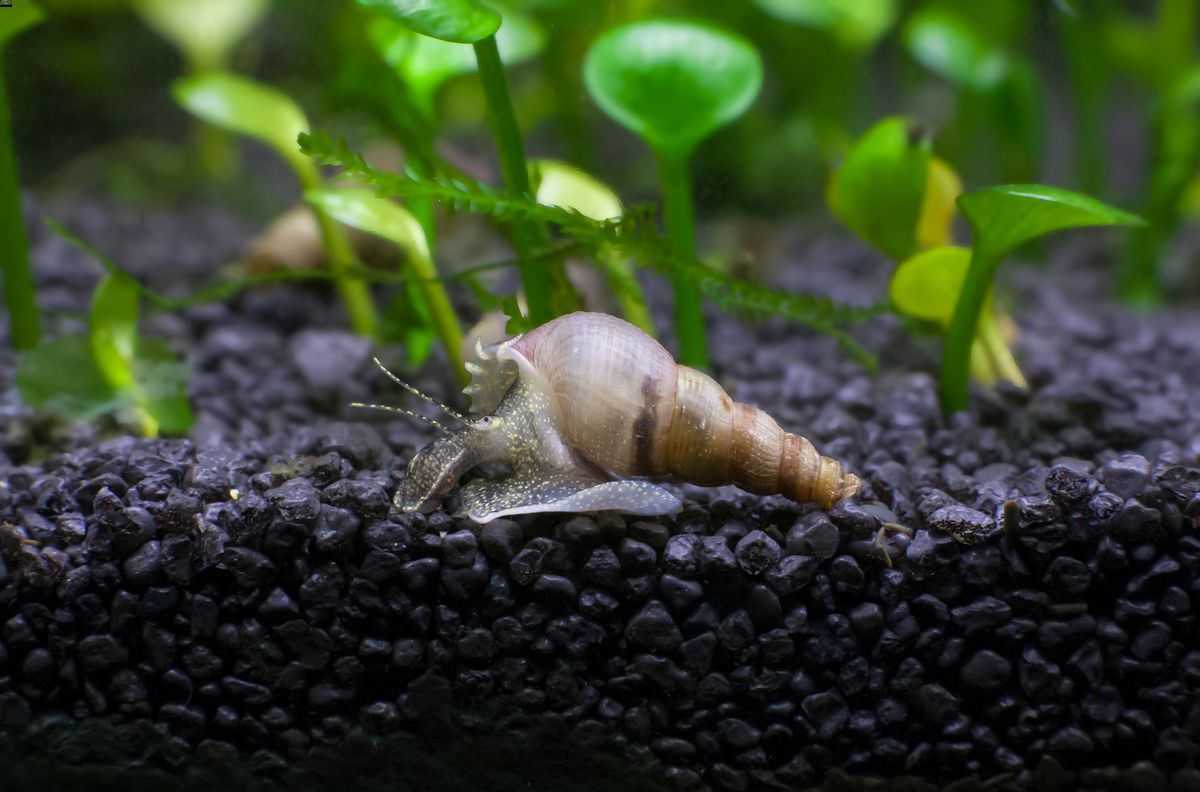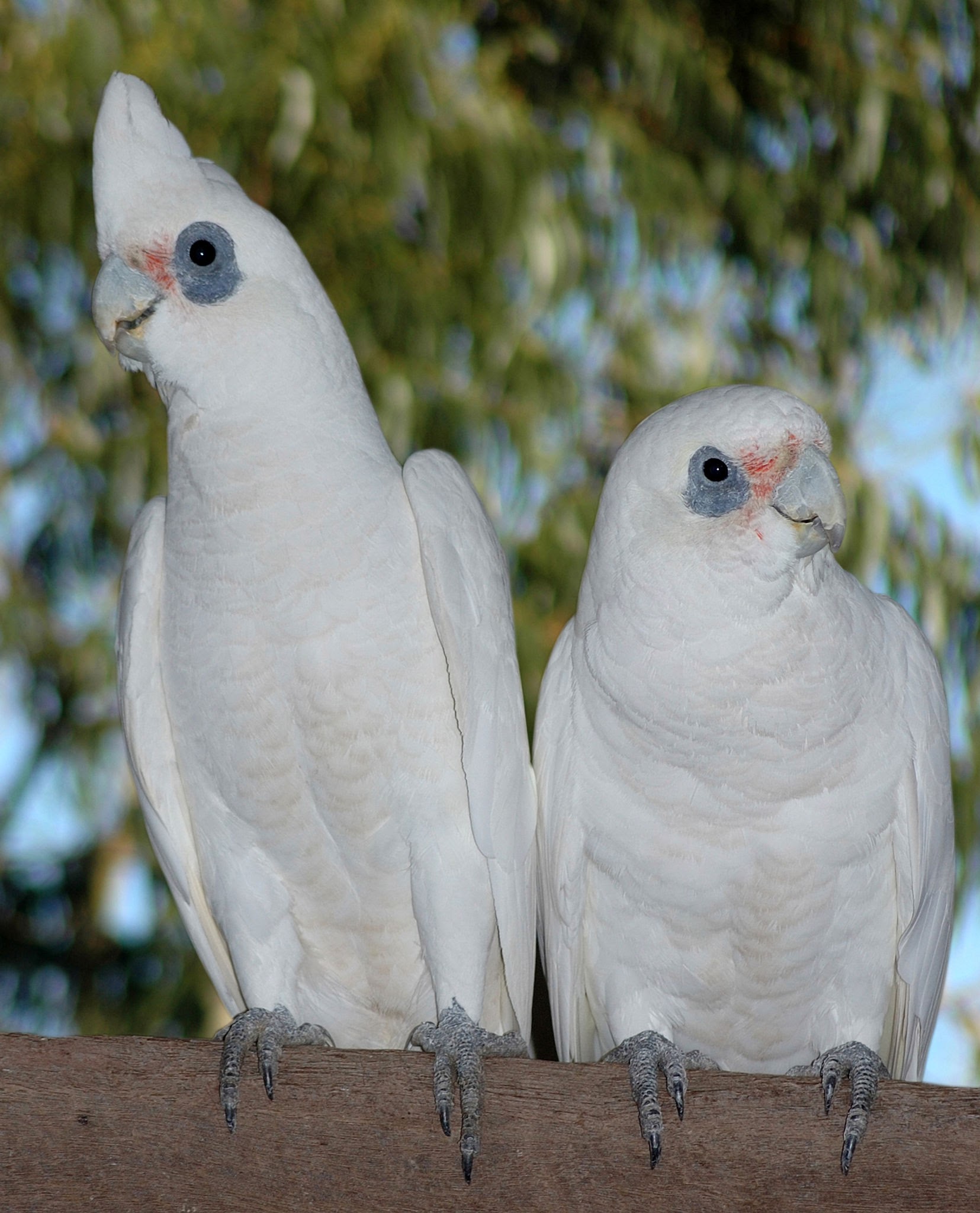Archerfish Exhibit
Archerfish
Diet: Carnivore including insects and crustaceans
Size: 5-7 inches
Life Span: About 2 years
Archerfish have a specialized mouth that allows them to spit water up 10 feet to shoot at insects and other small animals. They are accurate in their shooting and will almost always hit their target on the first shot. The insects and small animals will then fall into the water where the archerfish will be able to eat them. Archerfish learn by observational learning and need to practice when they are younger.
If their prey is close enough, then they may leap out of the water to grab the insect. With these abilities, archerfish prefer to be closer to the surface of the water.
They are able to live in both fresh water systems as well as brackish, a mix of salt and fresh water, systems like estuaries and mangroves.
Trumpet Snail

Range: Northern Africa and Southern Asia
Diet: Herbivore
Size: ¾ -1 inch
Life Span: About a year
The Trumpet Snail has an elongated conical shell with 10-15 whorls and an operculum. The operculum acts like the trap door that will open and close to help protect its body.
They are primarily a burrowing species that tend to be more active at night. Trumpet Snails are normally a freshwater snail but have become very tolerant of brackish water. The lethal water temperature for them is 122 degrees F which is important in the disinfection of fishing gear and research equipment. This is important so as not to spread these snails to uninfested waters.
Bare-Eye Cockatoo

Range: Australia and New Guinnea
Diet: Wild and Cultivated seeds, grasses and cereal crops
Size: up to 16 inches
Weight: up to 1.2 lbs
Life Span: 50 years
The Bare-Eye Cockatoos are also known as the Little Corellas and will flock together up to several thousand individuals that may also include other species of birds. They are one of the smaller members of the cockatoo family and less demanding than other birds. These birds roost in trees overnight and will chew the bark of the smaller twigs. They will fly off in the early morning many miles to their feeding areas or watering holes and will return in the late evening time.
They create high pitched notes and screeches and when large flocks start screeching together, they can be heard from several miles away. Bare-Eyed Cockatoos love to make noise and will learn to mimic human speech in a slurred and silly way
We have two Bare Eyed Cockatoos. One is named Popeye. He is usually up on the branches talking and chirping away. He has a preference towards females and will willingly say his name over and over. However, if a male tries to approach him he’ll say, “What’s the matter?”
Lucy is the other Bare-Eyed Cockatoo usually found on the bottom right corner. She’s a little quieter until she is with our trainers and then she gets excited. She does like to bob her head when people start to chant her name. Both of these birds were donated to us by the bird rescue Feathered Friends Parrot Retweet.

